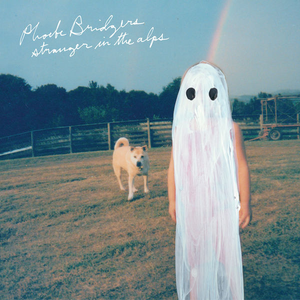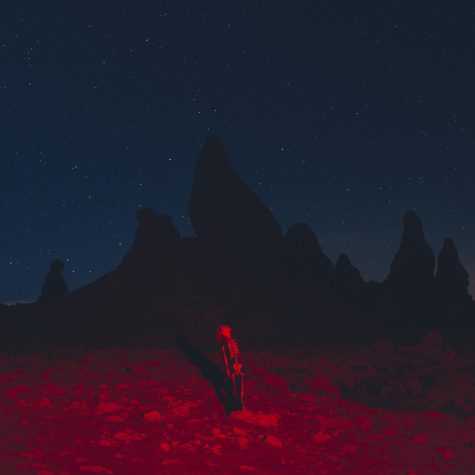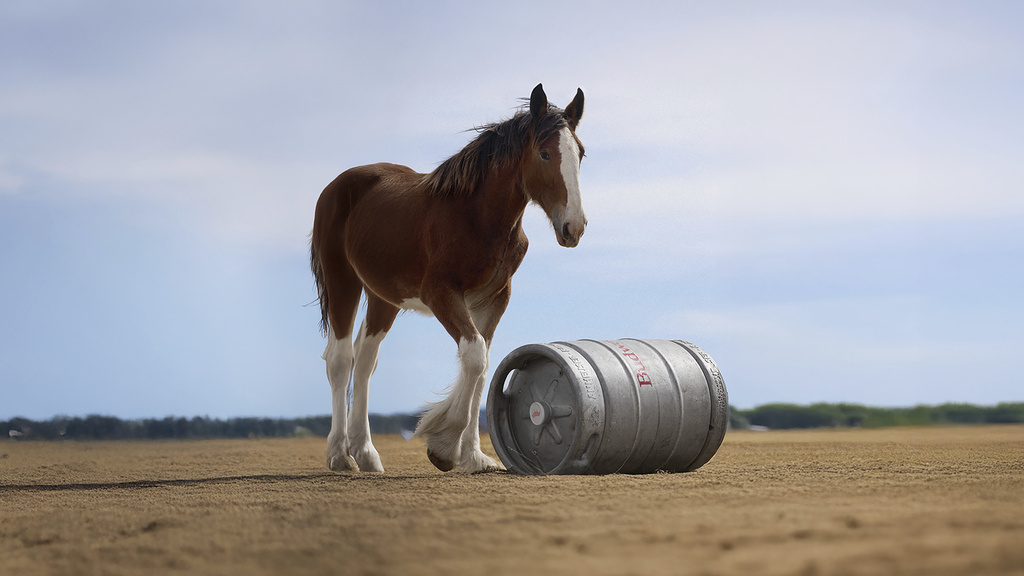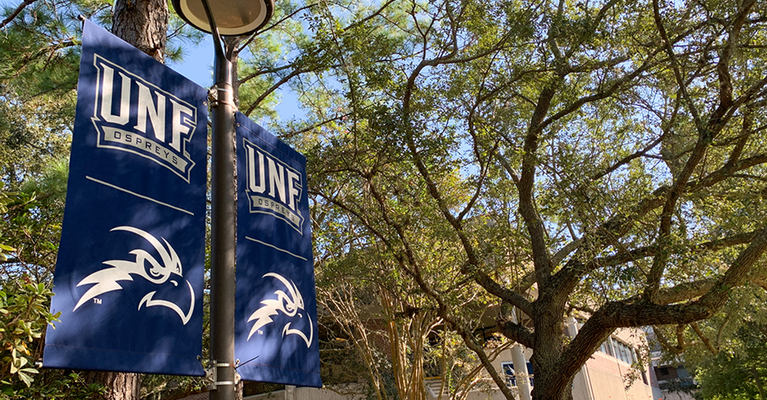[Eds Note: This article has been published in partnership with Spinnaker Radio to feature LGBTQ+ music artists and celebrate Pride Month.]
Guitarist, singer, and songwriter Phoebe Bridgers has been a performer since her early childhood. Growing up in Los Angeles, California, Bridgers first began learning how to play guitar when she was 11. Bridgers started making a name for herself in LA by performing around the city and writing original music during her teenage years.
Joining as the bass guitarist, Bridgers first started her music career by being in the band, “Sloppy Jane,” in 2012.
At one of the band’s performances, an employee for a casting agency was in the audience and needed actors for an upcoming Apple iPhone commercial. Bridgers then auditioned for the commercial and was instantly given the job, according to The Fader.
After the Apple commercial, Bridgers booked more acting gigs for Quickbooks, Home Goods, Taco Bell, and more.
When talking about her experience at the Los Angeles County High School for the Arts, Bridgers explained to The Ringer how she enjoyed the amount of practice time she got.
“The best thing about that high school was just the amount of practice I got… I sang every — day and took music theory class. I think it was cool being surrounded by people who also knew exactly what they wanted to do with their lives,” Bridgers said in the interview.
In 2015, Bridgers released her first songs with Ryan Adams and his PAX AM label.
When Adam’s first heard Bridges play for him, he was intrigued and asked her to come back to the studio to record. While working together on the record, Adams began flirting with Bridgers via text. Bridgers continued working with him because he gave her and her mother the impression that this was a, “once-in-a-lifetime opportunity,” according to Joe Coscarelli and Melena Ryzik from the New York Times.
Coscarelli and Ryzik then explain how Adams became emotionally abusive to Bridgers.

“He began barraging her with texts, insisting that she prove her whereabouts, or leave social situations to have phone sex, and threatening suicide if she didn’t reply immediately,” Coscarelli and Ryzik said.
Adams began to avoid releasing the songs he recorded with Bridgers. In the end, released three of the songs in April 2015. This attracted lots of attention to Bridgers from the media, according to the New York Times
Putting all the money she earned from commercials towards her music, Bridgers released her first album Stranger in the Alps, in 2017, according to Rolling Stone. Bridges then released the Deluxe Edition of Alps in 2018 with bonus tracks including It’ll All Work Out and the reprise of Smoke Signals.
Bridgers has released her second album Punisher in 2020 and her latest single Sidelines in 2022.
At the 63rd Annual Grammy Awards, Bridgers was nominated for four awards. Although she did not win any categories, Bridgers was in the running for “Best New Artist” and “Best Alternative Music Album” for Punisher as well as “Best Rock Performance” and “Best Rock Song” for Kyoto.
In October 2020, Bridgers did an interview with Them. Bridgers explained that when she came out, her mother Jamie initially had a bad reaction. Jamie first denied that Bridgers was bisexual but has since educated herself and grew to accept it.

“Now my mom has her pronouns in her Instagram bio, she’s fully embraced everything,” Bridgers said in the interview.
Motion Sickness from Stranger in the Alps is currently Bridgers’ most popular song on Spotify with well over 168 million streams.
The hit of a snare drum and the strum of a distorted, electric guitar, toggled with a whammy bar, kick off the indie track Motion Sickness. The distorted guitar sits in the left pan while a clear, melodic guitar lick sits in the right. Bridgers introduces the vocal melody on the first verse with a soft tone in her falsetto. An electric piano adds to the instrumental texture. Another electric guitar rolls through each chord on the downbeats of common time while a vocal harmony shortly joins the melody. Reverb allows Bridgers’ vocals to ring for the cessation of the first verse.
A new chord pattern bares the first chorus. The guitars, laying the foundational chords, continue to sit in the left pan as a guitar glissando appears in the right. The vocal melody leaps to the higher region of the tessitura. Another voice compliments the main vocal track with a lower harmony until it joins the melody on the last word of the phrase. This harmony is present shortly as the main vocal track resonates alone with the instruments to finish the first chorus.
Guitars exuberate in the transition from the chorus to the third verse. Vocal high harmonies make their first appearance. Echoes reiterate each strum of the distorted, electric guitar panned to the right.
One bar of rest bridges the gap between the verse and the next chorus before the bright guitar glissando emerges once again. The lower vocal harmony first begins polyphonically but strays away at the end of each phrase.
Multiple voices harmonize a third above the melody in the bridge and carry throughout the rest of the song. All guitars significantly reduce in prominence to allow attention to be drawn to the choir. A kick on the bass drum, along with a piano synth, plays under the vocals. The collection of guitars begs to come alive again as they build the intensity of the bridge in anticipation of the final chorus. Distortion electrifies the ascending, harmonious vocals until a drum fill allows the awaited chorus to arrive.
Lower harmonies accompany each phrase of the final chorus. Differing timbres of the multitudinous guitars continue to richen the chord progression. A crisp, bright guitar encompasses the left pan while the familiar, distorted electric encompasses the right. Guitars release a final, vibrating strum to end the song.
Phoebe Bridgers’ music can be found on Spotify, YouTube, and Apple Music.
__
For more information or news tips, or if you see an error in this story or have any compliments or concerns, contact editor@unfspinnaker.com.















